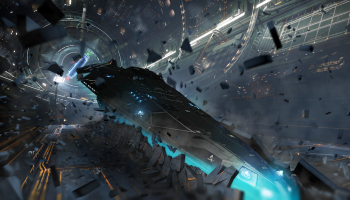The practice of spending "real" money on in-game things was contentious among gamers even before the development of NFTs. Furthermore, just 23% of developers already use purchased in-game products in their work, according to the most recent GDC study from 2023.
The main issue, in my opinion, is that these assets expire along with the games that they bought or won. As a result, gamers who invest hundreds of hours creating in-game assets or actual money may find that when a game is updated, a sequel is released, the gaming studio closes, or if all the in-game assets are housed on centralized servers, they are either lost or digitally forgotten.
The reason I moved to blockchain games is that NFTs, which stand in for in-game assets, greatly expand an asset's potential and usability because it no longer depends on the game it was purchased for. For the first time, players could really take assets off the gaming platform with this reliable proof of ownership. CoinFantasy presently receives most of my time.
Do you recall when Diablo 3 was released? This game allowed users to trade, bid on, and purchase goods that other players had plundered. The real money auction, which many claims were the reason the game "failed," was not well received and was subsequently replaced.
Blizzard came under fire once more for the mobile adaptation of Diablo, Diablo Immortal, which initially offered a free-to-play option but urged users to pay real money to fully enhance their in-game character, according to some sources.
Such an issue does not exist with NFTs.
Source: https://www.reddit.com/r/NFTGames/comments/11a2dnb/for_the_first_time_players_could_really_take/







